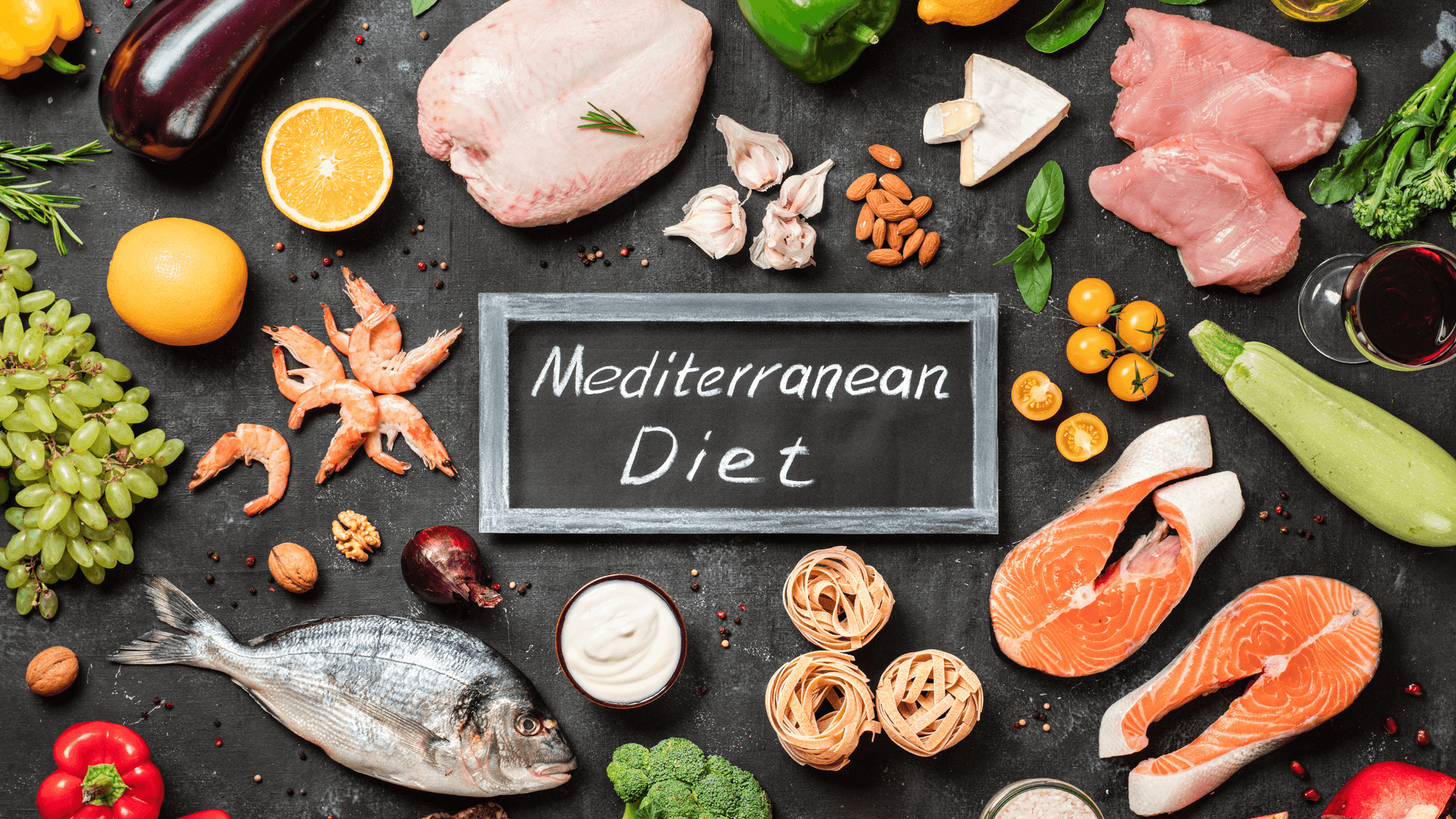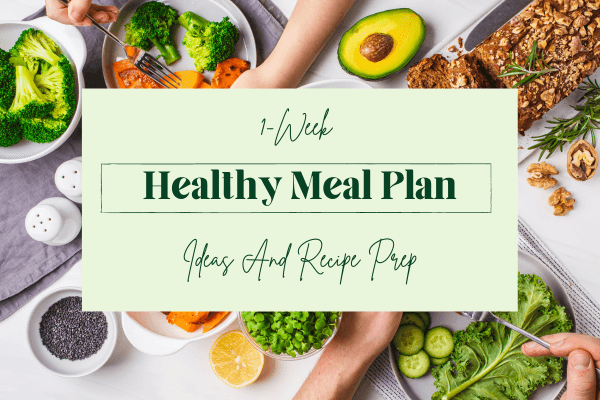Whether you're trying to lose weight, gain muscle, or simply maintain a healthy diet, portion control is a crucial aspect of reaching your fitness goals.
Eating the right amount of food can help you control your calorie intake and manage your weight, while also providing your body with the necessary nutrients and energy to fuel your workouts and activities.
In this blog post, we'll discuss what portion control is, how it differs from serving size, how to calculate portion size, and practical tips for managing your portions.
What Is Portion Control?
Portion control is the practice of eating the right amount of food for your body's needs. It involves being mindful of the quantity of food you consume, as well as the quality of the food.
Portion control can help you maintain a healthy weight, improve your digestion, and reduce your risk of chronic diseases such as heart disease and diabetes.

Portion Size vs Serving Size
It's important to understand the difference between portion size and serving size.
Serving size refers to the amount of food recommended on a nutrition label or by a dietary guideline. Portion size, on the other hand, is the amount of food you choose to eat at a particular meal or snack.
While serving size can be a useful guideline, it's important to remember that everyone's nutritional needs are different. Depending on factors such as your age, sex, height, weight, and activity level, your portion sizes may differ from the recommended serving sizes.
How to Calculate Portion Size?
To calculate your ideal portion sizes, you can use a variety of methods. One simple method is to use your hand as a guide. For example, a serving of protein (such as chicken, fish, or tofu) should be roughly the size of your palm, while a serving of vegetables should be roughly the size of your fist.
Another method is to use measuring cups and spoons to portion out your food. This can be especially helpful if you're trying to track your calorie intake or macros (the amounts of protein, carbs, and fat in your diet).

Practical Portion Control Tips for You
Here are some practical tips for managing your portions:1) Use smaller plates and bowls to help you eat less.
2) Fill half your plate with vegetables to help you feel full and satisfied.
3) Pre-portion your snacks into small bags or containers to avoid overeating.
4) Avoid eating straight from the container, as it can be difficult to gauge how much you've eaten.
5) Take your time when eating and savor each bite to help you feel full and satisfied.
Remember, portion control is a key component of a healthy diet and can help you reach your fitness goals. By being mindful of your food intake and using these practical tips, you can maintain a healthy weight, improve your health, and feel your best.



